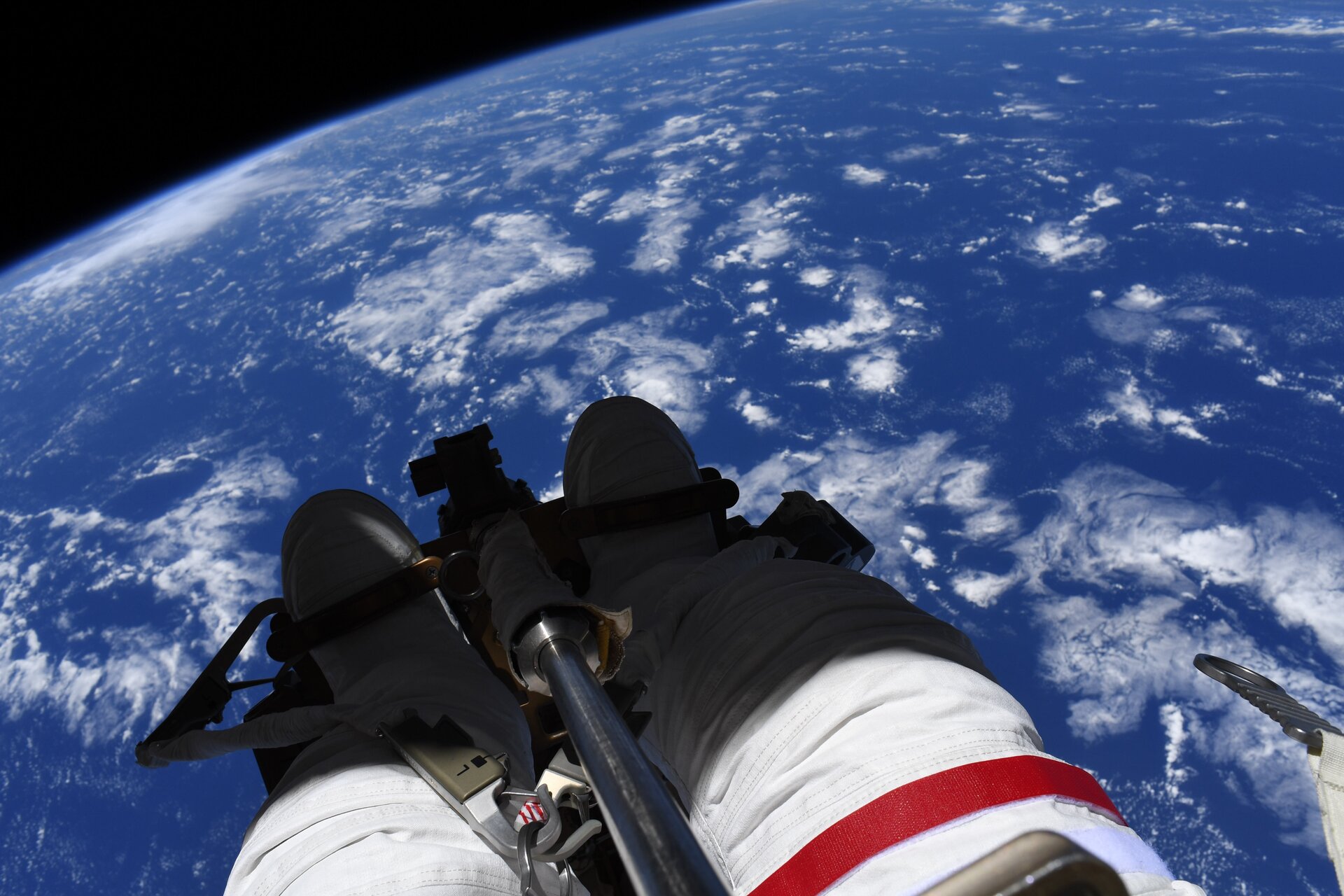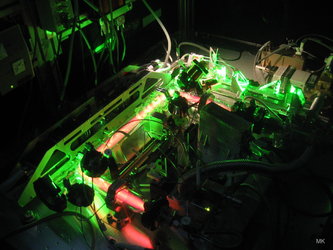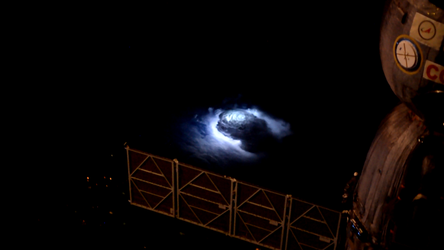International Space Station update: June in orbit
Just over two months into his Alpha mission, ESA astronaut Thomas Pesquet has performed three spacewalks and supported numerous European and international experiments in microgravity. As the International Space Station crew embark on another busy month in low-Earth orbit, we reflect on some highlights from June.
Spotlight on spacewalks
Venturing beyond the International Space Station to carry out essential tasks and maintenance takes a lot of preparation – both in space and on the ground.
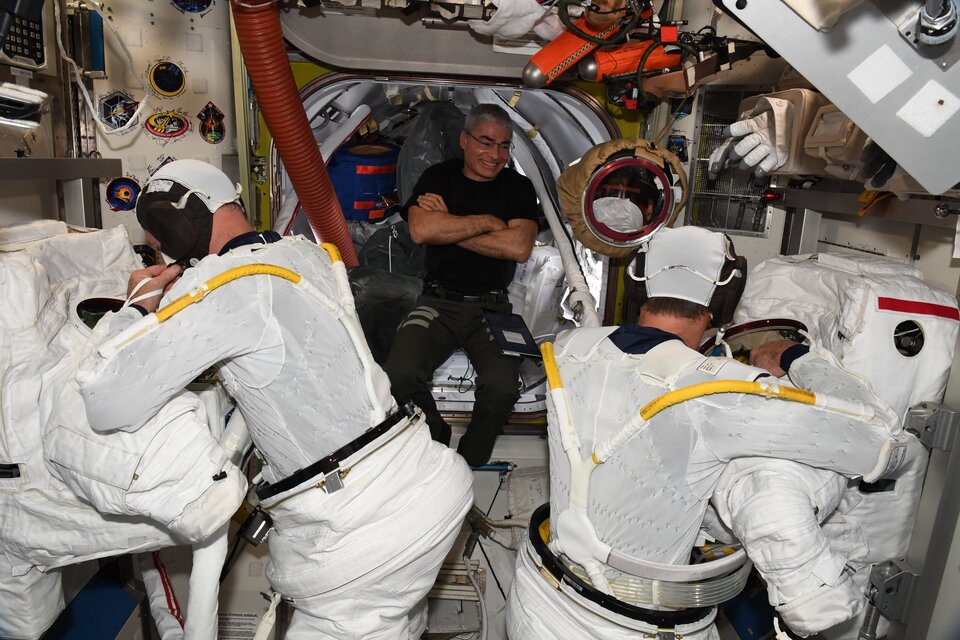
In the days leading up to a spacewalk, astronauts ready their tools, revise procedures and test equipment. On the day itself, activity starts early as they are helped into their suits by crew mates before breathing pure oxygen to purge nitrogen from their bodies and avoid what is known by scuba divers as “the bends”. But planning for a spacewalk actually begins years in advance, as equipment or experiments are developed and certified for space, ground teams devise careful choreographies and astronauts test and train for spacewalking tasks ahead of their flight.
Though both Thomas and Shane are spacewalk veterans – even performing two spacewalks together during Thomas’s first mission, Proxima – their main task this time was new for all involved. Across three spacewalks, they installed the first two of six new solar arrays that will unfurl in space.
These panels, dubbed ISS Roll-Out Solar Arrays (iROSAs) arrived at the Station on the SpaceX CRS-22 supply mission, and were moved into position by robotic arm on 10 June. The new solar arrays will not replace the current ones, but will be positioned in front of six of the current arrays, increasing the Station’s total available power from 160 kilowatts to a maximum of 215 kilowatts.
Read more about these spacewalks on the Exploration blog.
Space for science

With such a packed spacewalking schedule, it is hard to imagine how our astronauts had time for anything else. But no minute in space is wasted and the science must go on.
Speaking of time, on 10 June, Thomas and Japanese Space Agency (JAXA) astronaut Akihiko Hoshide performed a European favourite. The main objective of the TIME experiment is to analyse how time perception changes during and after long-duration exposure to microgravity. Scientists believe that long-term exposure to microgravity may alter time perception and cause astronauts to underestimate the relative time between events.

Using a virtual reality setup comprising a head mounted display and headphones, astronauts are asked to judge periods of time and react to stimuli. Their responses are then analysed by researchers on the ground.
This experiment, along with a number of others is supported by the Centre d’Aide au Développement des activités en Micro-pesanteur et des Opérations Spatiales (CADMOS) in Toulouse, France. CADMOS is the human spaceflight department of the French Space Agency (CNES) and one of a number of User Support and Operation Centres (USOCs) located across Europe. These USOCs support the European payloads aboard the Columbus module by managing the procedures for an experiment, and monitoring to ensure its operations are well developed.
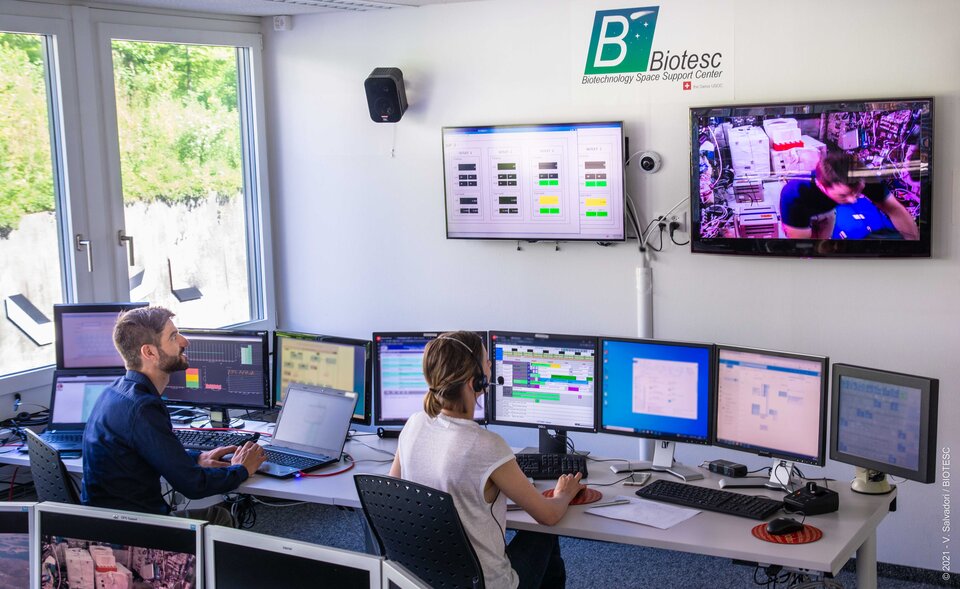
In June Thomas also removed the Molecular Muscle Experiment 2 containers from KUBIK, the device in the European Drawer Rack that can act both as an incubator and centrifuge. The coordination of the experiment was supported from BIOTESC, a User Support and Operations Centre in Switzerland.
The aim of the Molecular Muscle Experiment 2 is to study spaceflight-induced muscle changes and how these effects can be alleviated through the analysis of C. elegans worms. These microscopic worms' muscles behave very similarly to the way human muscles do and knowledge gained will help us as we travel farther into space.
Real-time updates
With so much orbital activity underway, this is just a taster of the activities on board. For the latest from Thomas’s time on the International Space Station and everything human and robotic exploration, we recommend following the team on Twitter @esaspaceflight and over on the blog. You can also tune into podcast ESA Explores via all major podcast platforms for more stories of Europe in space.


